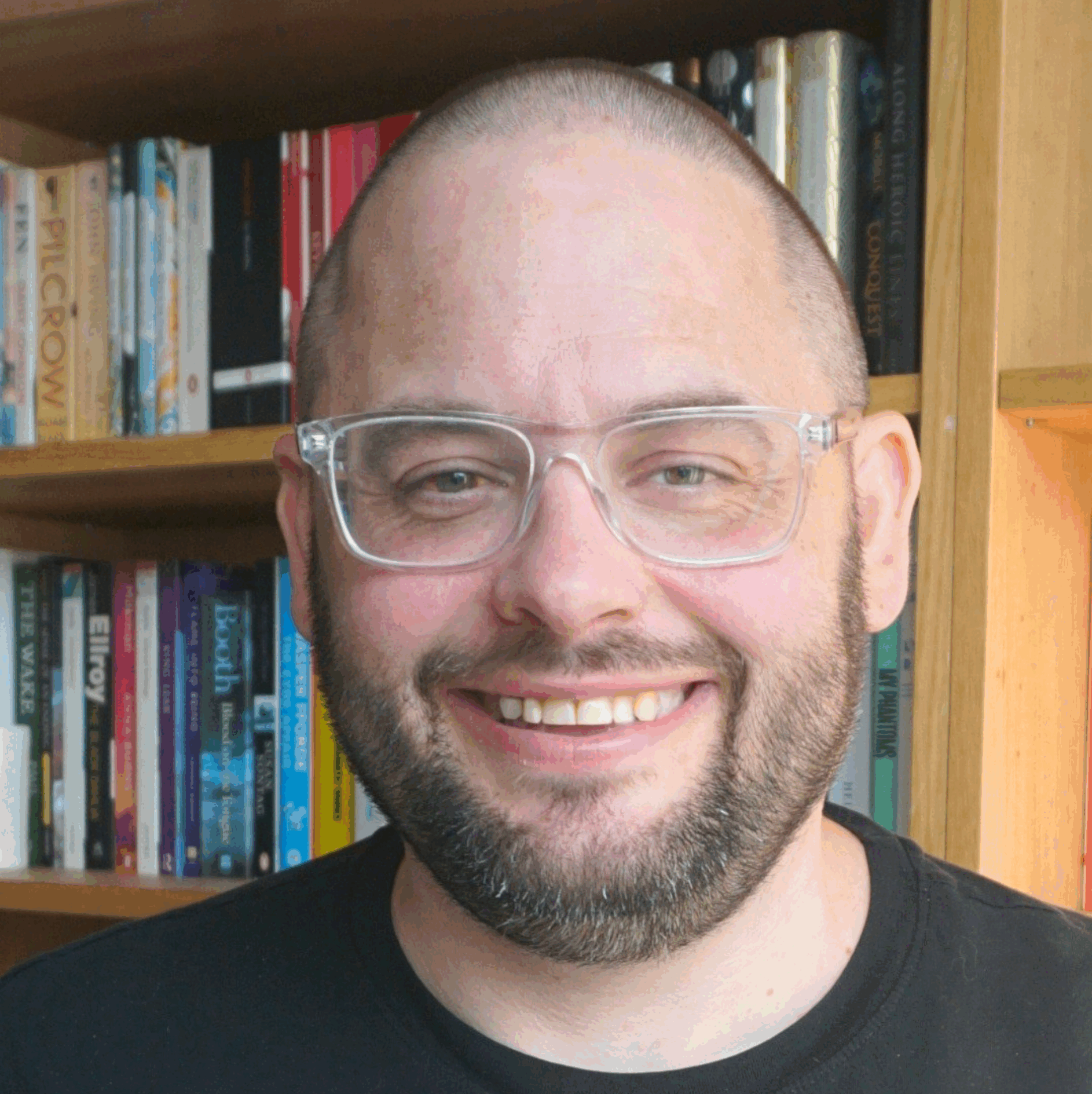I find this stuff so you don’t have to:
- Getting things done with Google Tasks
- A Beginner’s Guide to Pinboard — Shawn Blanc
- Announcing a digital health information network | Helen Milner
- FutureLearn & the role of MOOCs – The Ed Techie
- Communities of practice and the nature of knowledge < great stuff from @curiousc
- Free eBook: A Beginner’s Guide to Google Analytics
- Adapt Learning – Making e-learning open source with Kineo & Sponge < great work @learningpool
- Intranet CMS compare and contrast (Intranet diary)
- John Berger – Lannan Foundation / via @dougald
- Archiving Digital Audio
